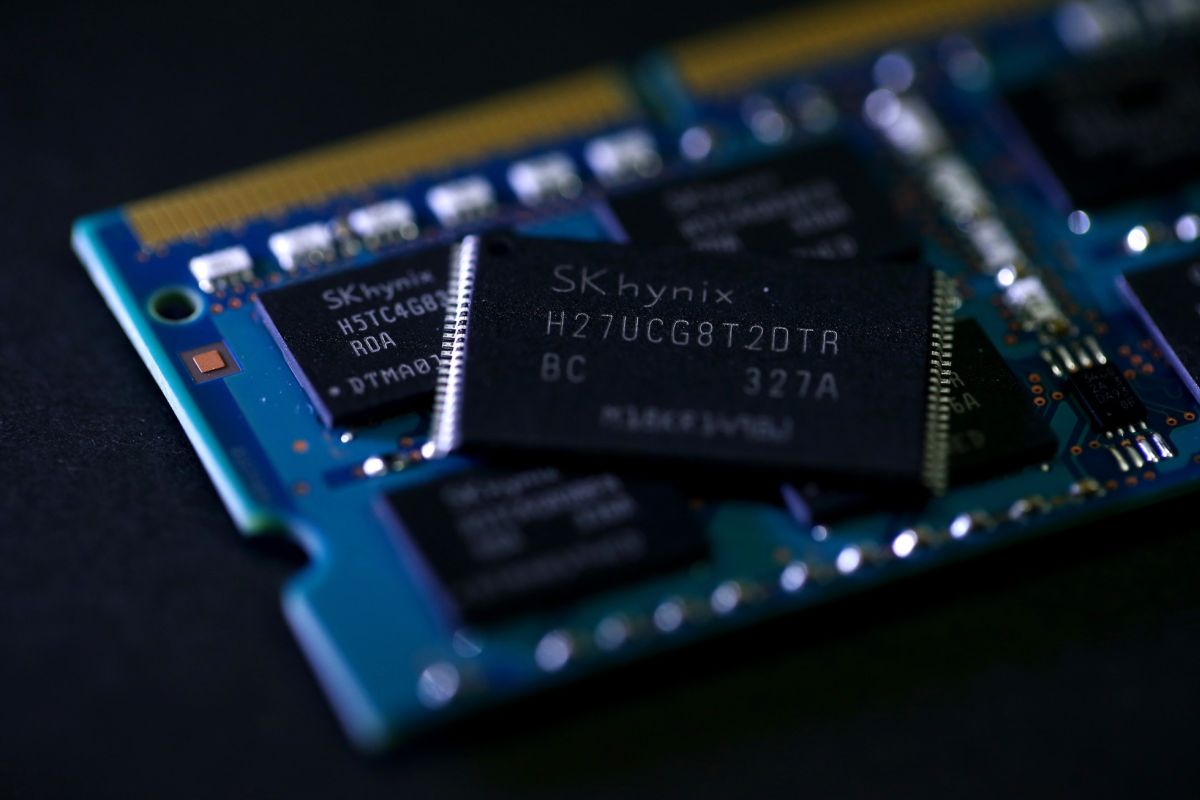By comparison, the unreleased DDR5 memory standard will capable of running at frequencies as high as 8400MHz. For context, that’s more than double the average 3200MHz frequency that DDR4 memory typically runs on. And approximately 50% faster than what is currently possible for the current memory format. The good news is that with higher frequencies comes greater per-channel bandwidth performance. To be precise, SK Hynix suggests that at 8400MHz, the new DDR5 memory can have a per-channel bandwidth of 67.2GB/s. Meaning that a dual-channel configuration of the new memory standard could deliver more than 134GB/s of bandwidth.
As explained by Techspot, one possibility behind SK Hynix’s purported achievement with its DDR5 could be due to the number of memory banks and the way it doubles the time limit needed for the memory’s subsystem to jump from bank to bank in a single round. SK Hynix is expected to begin mass production of DDR5 memory sometime this year, and is expected to start replacing DDR4 sometime in 2021 and become the new standard in 2022. (Source: Techspot)
